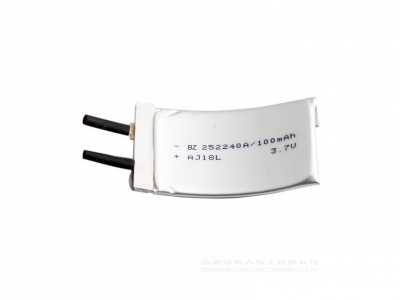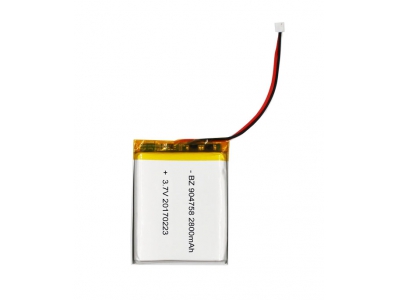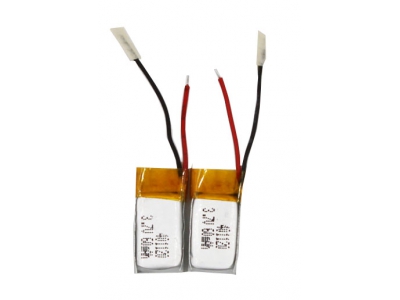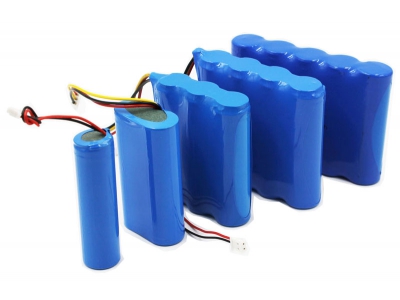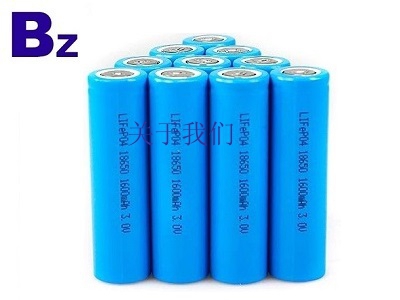A battery-inspired strategy for carbon fixation
Scientists working toward the elusive lithium-air battery discovered an unexpected approach to capturing and storing carbon dioxide away from the atmosphere. Using a design intended for a lithium-CO2 battery, researchers in Japan and China have developed a way to isolate solid carbon dust from gaseous carbon dioxide, with the potential to also separate out oxygen gas through the same method. Their work appears August 9 in Joule, a new interdisciplinary energy journal from Cell Press.Converting carbon dioxide emissions into other carbon-containing compounds is desirable due to carbon dioxide‘s contribution to the greenhouse effect and global warming. Examples range from natural processes, such as plants turning CO2 into oxygen and sugars, to human-made ones, such as injecting carbon dioxide into rock formations to be trapped as carbonate minerals.

The researchers encountered the carbon fixation strategy when they tried to recharge a lithium-CO2 battery prototype. Instead of fully regenerating lithium ions and CO2 from the lithium carbonate and carbon produced during battery discharge, as would have taken place with a reversible Li-CO2 battery, the lithium carbonate decomposed, yielding additional carbon, as well as oxygen gas that was not isolated due to rapid reaction with the battery electrolyte. Typically, this kind of buildup causes physical degradation and reduced functional lifespan for a battery, but instead, the deposition of solid carbon boasts a separate advantage, pointing to a promising approach to fix carbon in a stable and easy-to-dispose-of form.
"What is impressive about this work is the possibility to convert one-third of the CO2 species to carbon with a high theoretical energy efficiency above 70%," says Joule scientific editor Rahul Malik. "Battery architecture is an unforeseen but intriguing way to look at carbon fixation."
Since generating carbon solids both realizes carbon fixation decreases battery performance, the researchers were not able to simultaneously satisfy both goals within a single device. However, by incorporating a tiny amount of ruthenium metal into their design as a catalyst, they were able to avoid extensive carbon deposition and induce better reversibility, converting their carbon-fixing apparatus into a functioning Li-CO2 battery.
A remaining challenge for both carbon fixation and battery performance is to move from pure CO2 to ambient air, a jump that would potentially allow for treating atmospheric CO2 in the first case and would advance towards the theoretically powerful but not-yet-stable lithium-air battery technology in the second case. The fixation technique might also be adapted to scrub other harmful or polluting gases such as carbon monoxide, sulfur dioxide, nitric oxide, and nitrogen dioxide from the atmosphere, Zhou says.
Looking ahead, the researchers are also excited by their system‘s potential to perhaps lead to a pathway for converting carbon dioxide into pure carbon and oxygen gas. "Attaining the release of oxygen gas upon charging, coupled with the accumulation of solid carbon, would realize an electrochemical carbon dioxide fixation strategy analogous to photosynthesis," says Zhou.






